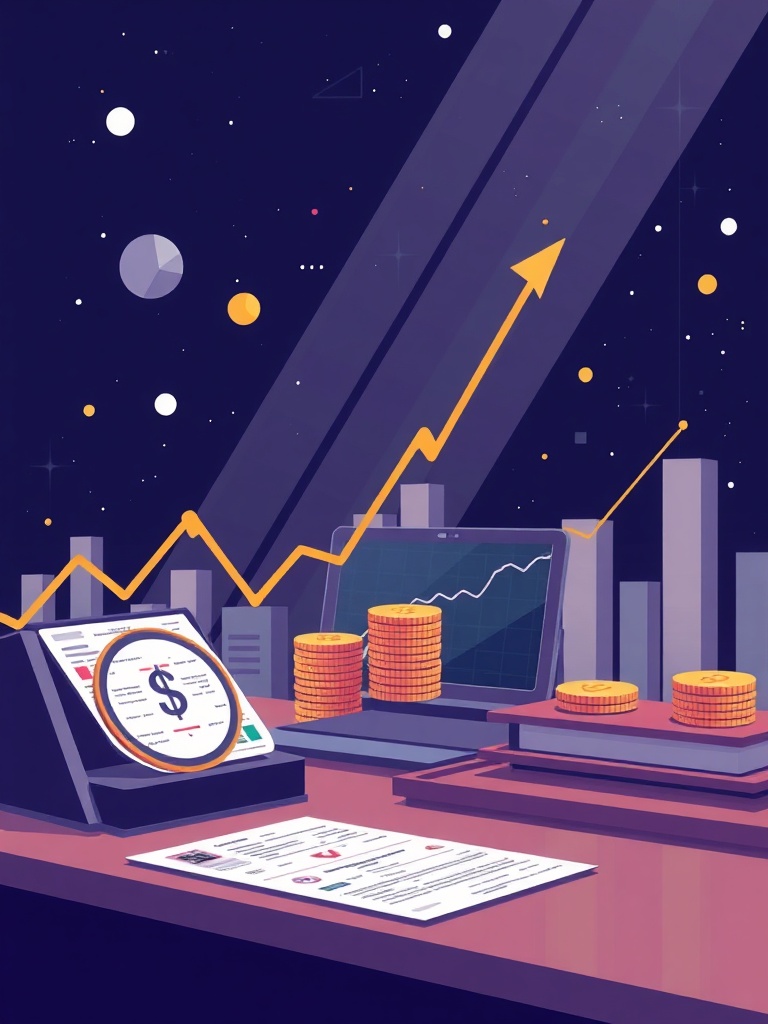Higher interest rates reshape decisions for savers, borrowers, and investors. Whether rates are moving up from long-term lows or oscillating higher than recent norms, the shift changes the math on debt, cash, and fixed-income investing. Understanding practical moves now helps protect capital and seize opportunities.
Why it matters
Higher rates increase borrowing costs, pressuring mortgage holders with variable loans and raising interest on consumer debt. At the same time, they lift yields on savings accounts, certificates of deposit (CDs), and newly issued bonds — creating attractive options for conservative savers. For investors, duration risk in bond portfolios becomes more pronounced and equity valuations may shift as discount rates rise.
Actions for individuals
– Prioritize high-cost debt: Pay down credit cards and high-interest personal loans first. The net benefit of eliminating expensive interest often outpaces modest investment returns.
– Build or replenish an emergency fund: With higher borrowing costs and economic uncertainty, keep three to six months of essential expenses in a liquid, interest-bearing account.
– Use high-yield cash options: Online savings accounts, money market funds, and short-term CDs often offer competitive yields.
Ladder CDs to balance access and yield.
– Revisit mortgages and loans carefully: Fixed-rate mortgages taken at low rates remain valuable; avoid refinancing into a higher fixed rate unless there’s a clear benefit. For adjustable-rate loans, consider locking a fixed rate if cash flow risk is a concern.
– Maintain credit flexibility: Keep some available credit lines for true emergencies, but avoid relying on credit as a liquidity plan.

Portfolio adjustments for investors
– Shorten bond duration: Longer-duration bonds lose market value more when rates rise. Shifting to shorter-duration bond funds, floating-rate notes, or cash equivalents reduces sensitivity to rate increases.
– Consider inflation-protected securities: Inflation-linked bonds can help preserve purchasing power when inflation is a concern alongside rising rates.
– Evaluate dividend growers and quality stocks: Companies with strong cash flow and pricing power tend to weather higher-rate environments better than highly leveraged or speculative firms.
– Dollar-cost average into investments: Staggering purchases helps manage timing risk during volatile rate-driven markets.
– Maintain diversification: A balanced mix of equities, bonds, and alternatives reduces concentration risk and smooths returns over different market cycles.
Business-focused steps
– Manage working capital tightly: Shorter accounts receivable cycles and prudent inventory management reduce the need for expensive short-term borrowing.
– Reprice contracts where possible: If higher rates increase financing or input costs, incorporate flexible pricing or escalation clauses in new contracts.
– Lock rates strategically: For capital projects or major loans, consider hedging interest-rate exposure with fixed-rate financing or interest-rate swaps if appropriate.
Tax and planning considerations
Higher interest income can increase taxable income. Use tax-advantaged accounts for interest-bearing investments where possible and coordinate tax-loss harvesting in volatile equity portfolios to offset gains.
Monitor and reassess
Rate cycles evolve. Regularly review debt structure, cash allocation, and portfolio duration against changing benchmarks and personal goals. A financial plan that adapts to current interest-rate conditions preserves optionality and positions savers and investors to benefit from higher yields while controlling risk.
For tailored guidance, consult a trusted financial advisor or tax professional to align these strategies with personal circumstances and long-term objectives.
Leave a Reply